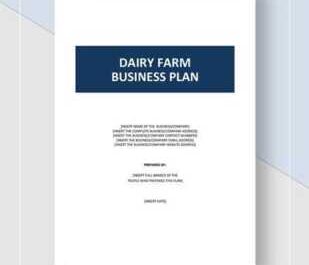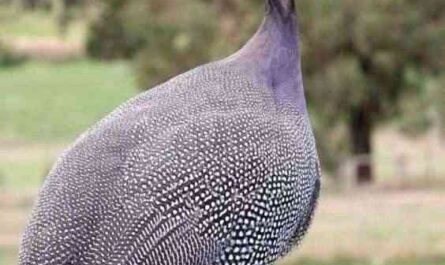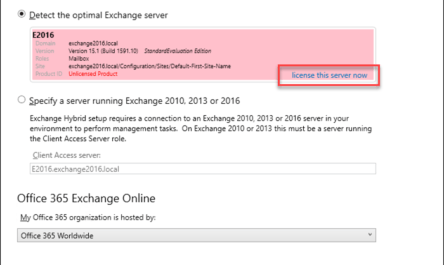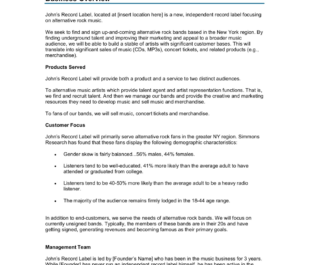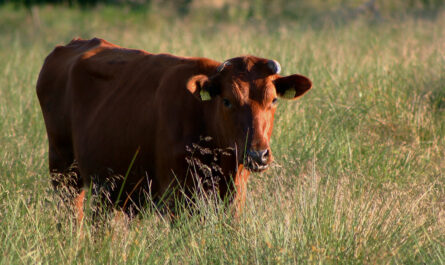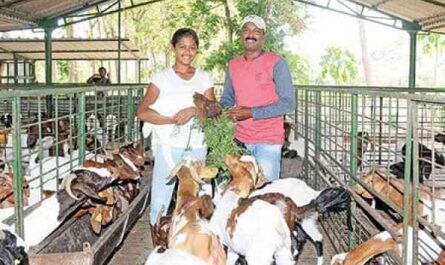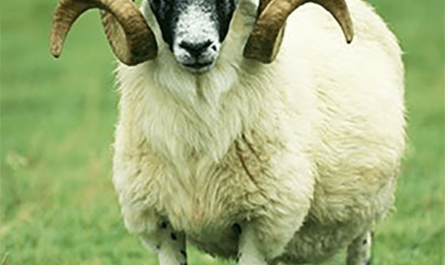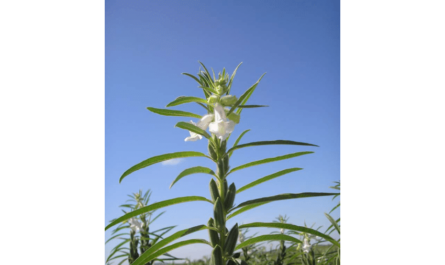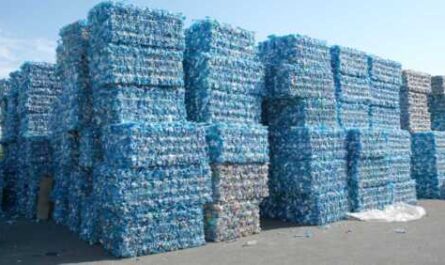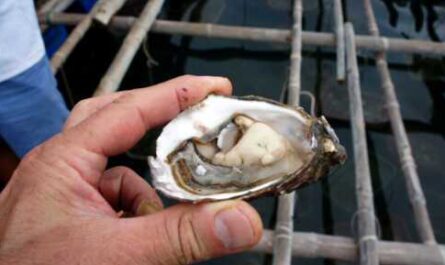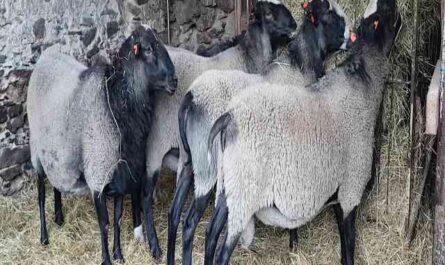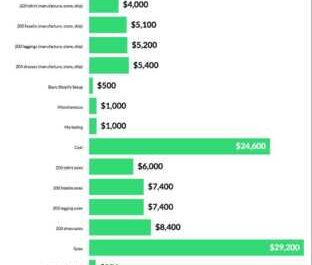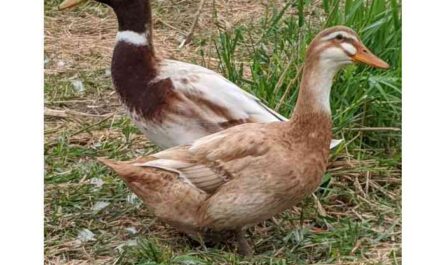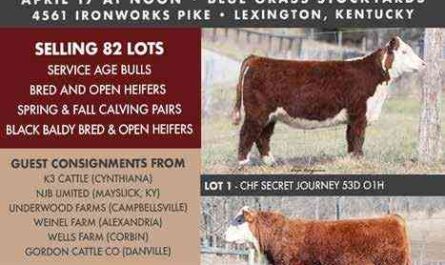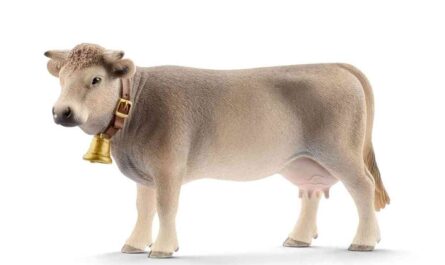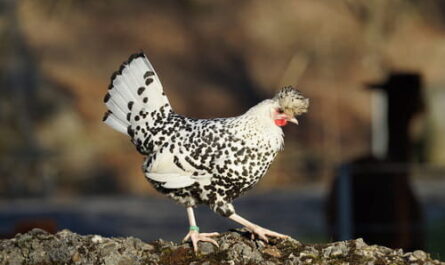Before discussing in detail, let me first explain “what is a goat housing system”? Stall feeding is a goat system in which goats are kept inside a barn or house and are not allowed to graze outside. Inside a barn or house, goats are cared for and kept separately according to their age, breed, sex and weight.
The barn goat system is becoming popular every day. It is a relatively new system that has many advantages over the traditional goat farming system. High profits, fast growth, less maintenance, etc. are some of the main advantages of a goat housing system.
If you are planning to start a goat farming project in a controlled yet professional manner, the stationary goat farming system is the most practical and best system to follow. Here we try to discuss more about the system of keeping goats in a barn.
Why the barn method of raising goats
Before discussing in more detail the mode of rearing goats in stalls, we will describe some of the advantages of this goat rearing system.
- Easy to maintain and requires less space.
- The best manure collection and disposal. You can collect and properly use manure to grow greens or crops (or use it for other purposes).
- The quantity and quality of feed can be differentiated according to the stage and nutritional requirements of different age groups of goats.
- You can prevent unwanted matings, which will ensure proper breeding and production.
- You can easily track your farm.
- Avoid energy losses during grazing.
- There are fewer diseases. Disease transmission is prevented by animals and plants. And better control and reduction of pest reinfestation.
- In the barn goat system, the goats are free from pests and wild animals and predators.
- In general, goats gain more weight, become healthier, and farmers can benefit more from a barn-fed goat system compared to a traditional pasture or goat-herding system.
How to start raising goats in a barn
The stabled goat system is best suited for meat production. This means that this system is more profitable if you are planning commercial meat production. Here we are talking about the process of starting the barn goat breeding system.
Breed Selection
In the system of keeping goats in a barn, it is necessary to choose those breeds of goats that have high meat productivity. Boer, Spaniard, Kiko, Dwarf, Black Bengal, Sirohi, Frisian, etc. Meat-producing goat breeds are suitable for keeping goats in stables.
Whichever breed you choose, remember to choose and buy healthy, quality goats. It will be better if you can get 5-15 month old females and 5-7 month old males.
Always try to buy animals from another farm near you. When buying from any livestock market, be careful and closely monitor the health of the goats and all other related aspects.
Houses
An adult goat requires about 10 square feet of living space in a dock goat keeping system. The house can be built of wood, bamboo or concrete. Do whatever it takes to clean the house. If possible, make a drain inside the house.
Make large windows to bring fresh air into the house in the summer. In winter, cover the house with burlap at night and leave straw, hay or shavings on the ground for warmth.
Train goats to stay indoors
Do not keep goats in the house all day after purchase. For the first time, let the goats graze in the field 6-8 hours a day, keep them indoors for the rest of the day and provide them with enough food and clean water.
Do this for 1-2 weeks and gradually reduce your grazing time. And then your goats will take root in the house. But if your goats are used to staying in the barn after birth, this method is not necessary (you can easily raise them in a stall feeding system).
child care
Cleanse your baby’s body after birth and immediately give colostrum (the first breast milk). Colostrum is very nutritious and very effective for children. If in any case you cannot feed yourself with colostrum, you can use a colostrum substitute available on the market.
Babies should be fed 10-12 times a day for the first few days or weeks. Clean and sterilize the feeder, teats or other necessary feeding equipment with hot boiled water. A child weighing between 1 and 1.5 kg needs about 250 to 350 g of milk per day.
Increase the amount of milk according to body weight. Babies can be weaned after 2-3 months. Start introducing green vegetables and complementary foods when babies are one month old.
some products
Goats typically eat 4-5% of their feed per day of their total body weight. Make sure 60-80% of their daily diet contains fiber (grass, leaves, hay, etc.). And feed them 20-40% goat food.
A growing castrated deer needs about 1-1.5 kg of green fodder and 200-250 grams of additional feed per day. A woman weighing about 25 kg with 2-3 children will need about 1.5-2.5 kg of green vegetables and 350-450 grams of complementary foods per day.
An adult male needs about 1.5-2.5 kg of green vegetables and about 200-300 g of additional food per day. Here is a general range of goat complementary feeds for a goat housing system.
| food ingredients | Percentage (%) |
| Broken rice / wheat / corn | 12:00 p.m. |
| Flour, wheat/rice bran | 47.00 |
| pea bran | 16.00 |
| Soy Tart / Sesame / Coconut / Mustard | 20.00 |
| Dried fish powder | 1.50 |
| dicalcium phosphate | 2.00 |
| Salt | 1.00 |
| Premix of vitamins and minerals | 0.50 |
| Metabolic energy (MJ/kg) | 10.00 |
| Metabolic protein (gram/kg) | 62.00 |
Grow grass for the goats
Grasses are the best source of greenery for goats. If you grow grass on your own land, it will reduce feed costs and improve the quality of your goats.
The best grasses for goats are alfalfa, bahiagrass, bromegrass, clover, fescue, millet, ryegrass, timothy, etc. Napier, Splendida, Andropogon, etc.
You can grow any of the above herbs on your land, which will provide you with a constant supply of herbs throughout the year. Grow a variety of herbs whenever possible.
This will add variety to your goat’s usual diet. In a stalled goat system, you can also feed goats hay mixed with urea and molasses. Learn more about how to feed goats in a barn feeding system.
Caring for breeding males
Keep enough deer on the farm to breed. Usually 1 male is enough to breed more than 25 females. Castrate other males on your farm that are not needed for breeding.
Castrate males within 2-4 weeks of birth. You can only feed greens to your breeding males when you are not using them for breeding. But during breeding, give them 200-500 grams of extra food (may vary by breed of goat) per day with enough greenery.
Sprouted chickpeas are very effective for raising goats. You can feed your deer about 10 grams of sprouted chickpeas per day. Don’t let animals get fat.
health management
Deworm your goats twice a year (once at the start of the rainy season and once at the start of the winter season). Get them vaccinated in a timely manner and keep in touch with a veterinarian in your area.
Vaccinate goats against enterotoxaemia 3 days after birth (1st dose) and 15-20 days after birth (2nd dose). Vaccinate against PPR at 4 months and vaccinate against goat pox at 5 months.
Diseases and other health issues can be resolved with proper care and treatment, so always try to take good care of your goats.
Other management
Always bring healthy, healthy goats to the farm. If you bring new goats to the farm, keep them separated for 15 days and care for them properly.
Plant new goats with other goats in your herd after separating them for 15 days. If you notice that the new goats are healthy and not sick, vaccinate them with the PPR vaccine after 15 days and introduce them to the herd.
If there are infected goats in your herd, separate the infected goats as soon as possible and be extra careful. Clean the goat house regularly. Wash goats with 0.5% malathion solution every 5-6 months. This will protect the goats from skin diseases.
Livestock management
Do goats become suitable for breeding at the age of 7-8 months (when they reach a body weight of 12-13 kg). Introduce the doe and venison when warm (usually 12-14 hours later).
For example, if estrus begins in the morning, calm her down in the afternoon. After successful breeding, they become pregnant and give birth to babies in 142-158 days. Always choose healthy, disease-free goats for best results in goat keeping.
Marketing
With proper care, quality feed, and proper maintenance, goats become marketable at 12-15 months of age (may vary by goat breed). You can sell live goats or goat meat. Define your marketing strategies before starting a farm.
video


